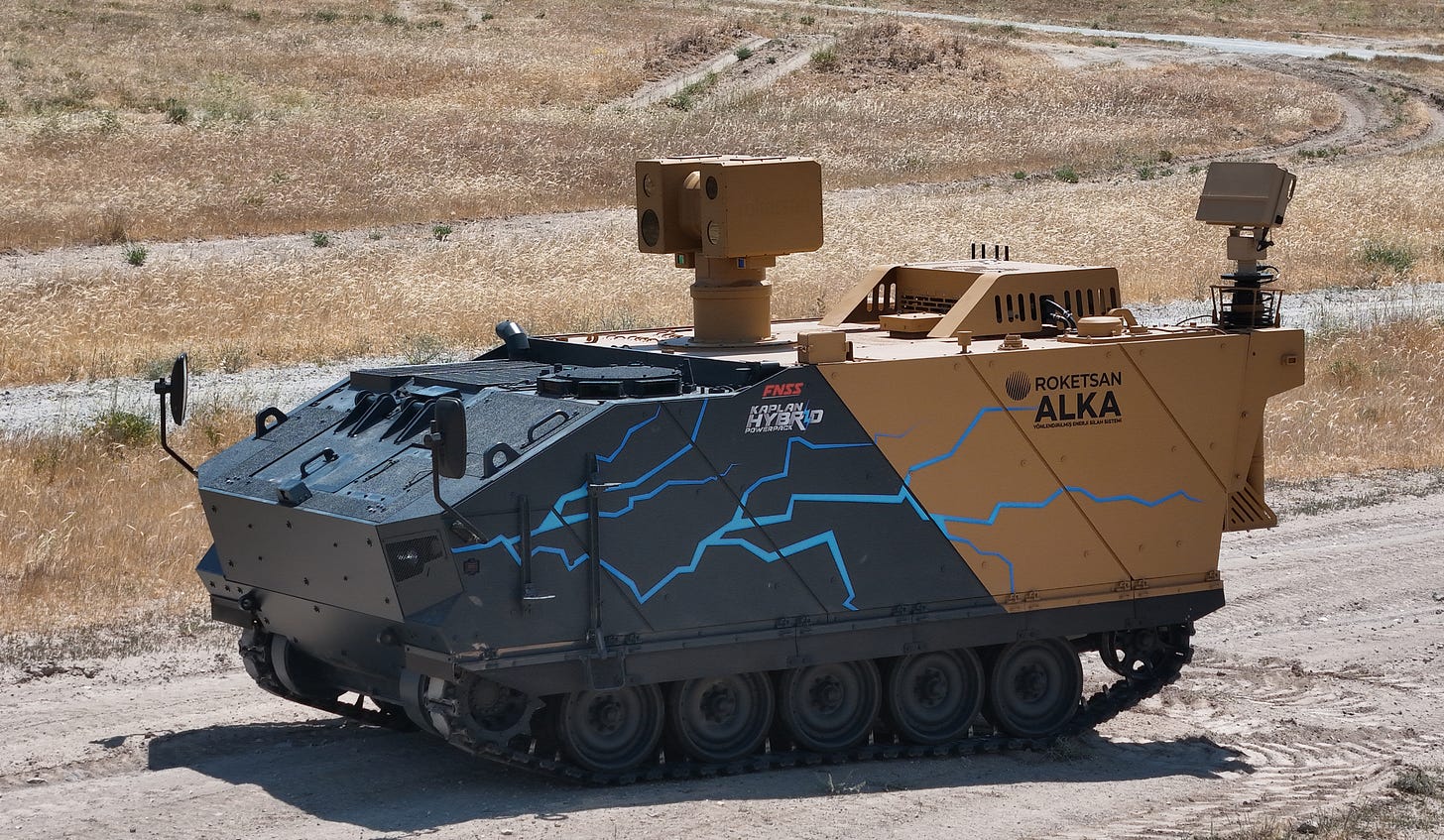Turkey Has a Laser Tank
It isn't the "world's first," though.

The high-energy laser weapon arms race just got a new and unexpected contender
At this year’s International Defence Industry Fair (IDEF) defense expo in Istanbul, Turkish defense firms FNSS and Roketsan unveiled a new hybrid counter-drone system that combines armor, mobility, and laser…



